Slovenia is a country in central Europe. Slovenia is a small but topographically diverse country made up of portions of four major European geographic landscapes—the European Alps the karstic Dinaric Alps, the Pannonian and Danubian lowlands and hills, and the Mediterranean coast. Easily accessible mountain passes (now superseded by tunnels) through Slovenia’s present-day territory have long served as routes for those crossing the Mediterranean and transalpine regions of Europe.
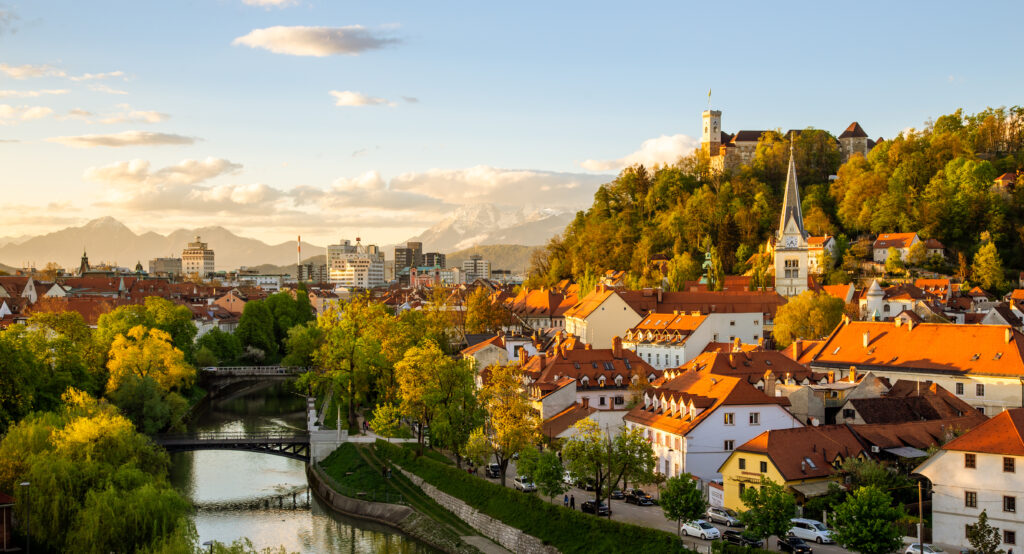
The Slovenes are a South Slavic people with a unique language. For most of its history, Slovenia was largely controlled by the Habsburgs of Austria, who ruled the Holy Roman Empire and its successor states, the Austrian Empire and Austria-Hungary; in addition, coastal portions were held for a time by Venice As part of Yugoslavia, Slovenia came under communist rule for the bulk of the post-World War II period. With the dissolution of the Yugoslav federation in 1991, a multiparty democratic political system emerged. Slovenia’s economic prosperity in the late 20th century attracted hundreds of thousands of migrants from elsewhere in the Balkans. In the early 21st century, Slovenia integrated economically and politically with western Europe, joining the North Atlantic Treaty Organization as well as the European Union in 2004. Slovenia’s capital and most important city is Ljubljana.
Land

Slovenia is bordered by Austria to the north and Hungary to the far northeast. To the east, southeast, and south, Slovenia shares a 416-mile- (670-km-) long border with Croatia. To the southwest Slovenia is adjacent to the Italian port city of Trieste and occupies a portion of the Istrian Peninsula, where it has an important coastline along the Gulf of Venice. Italy’s Friuli-Venezia Giulia region is situated to the west.
Slovenia is mostly elevated. Outside the coastal area, its terrain consists largely of karstic plateaus and ridges, magnificently precipitous Alpine peaks, and (between the elevated areas) valleys, basins, and arable or pastorally useful karstic poljes. The only major flat area is in the northeast. Tectonic fault lines cross the country, and Ljubljana suffered a devastating earthquake in 1895.
Places to visit in Slovenia :
- Bled lake .The lake lies in a picturesque environment, surrounded by mountains and forests. Lake Bled was an important cult centre during the Bronze Age. Gold appliqués dating from the 13th-12th century BC were found in a deposit by the lake shore.
Bled castle
Bled Castle in the past
The castle’s history dates back to 1004 when the German king Henry II conferred the estate of Bled on Bishop Albuin of Brixen. At that time, only Romanesque tower protected by the wall stood at the place of the current castle. The first castle was built by the bishops around 1011 for defensive purposes. The bishops of Brixen never lived in the castle; therefore, it did not have any exuberant rooms.
In the Middle Ages additional towers were built and the fortification system with the wall and lifting tower above the ditch were upgraded. The ditch has been covered, but the scene still stirs up our imagination.
Double structure is typical of the castle – the fortified main part, intended for the residence of feudal lords, and the exterior part with the walls and facilities for servants. In 1511, the castle was strongly damaged by and earthquake, but it was rebuilt in the image as it is today. The castle buildings are decorated with the images of coats-of-arms, painted in fresco technique, some are engraved in stone.
Bled Castle in the present
The castle was restored in the period from 1951 to 1961, whereas the Bled Castle Printing Works was integrated in the building for servants at the lower courtyard, and the castle wine cellar has also been added slightly higher. A 12-metre deep well was carved in rock in the lower courtyard, and the castle also hosts the tower gallery featuring monthly exhibitions, a memorial room dedicated to Arnold Rikli and a room dedicated to museums in Gorenjska, as well as the Castle Beehive with souvenirs also.
There is a museum in the upper courtyard, where you can delve deep into the distant past of Lake Bled, from the early excavations and the castle to the individual steps of its historical development, and see period-specific artefacts. The artefacts do not originate from Bled Castle, but are important for illustrating the residential culture in all the periods the castle has faced so far. A path leads from the upper courtyard to the castle chapel, souvenir shop and restaurant. In the past, grapevine thrived in this area, and since 2011 the descendant of the oldest grapevine in the world grows here, prospering in Maribor for more than 400 years.
Many cultural events take place on the castle’s courtyard, especially in warm months. Special attention is given to the Medieval Days when knights show visitors how people lived in the Middle Ages.
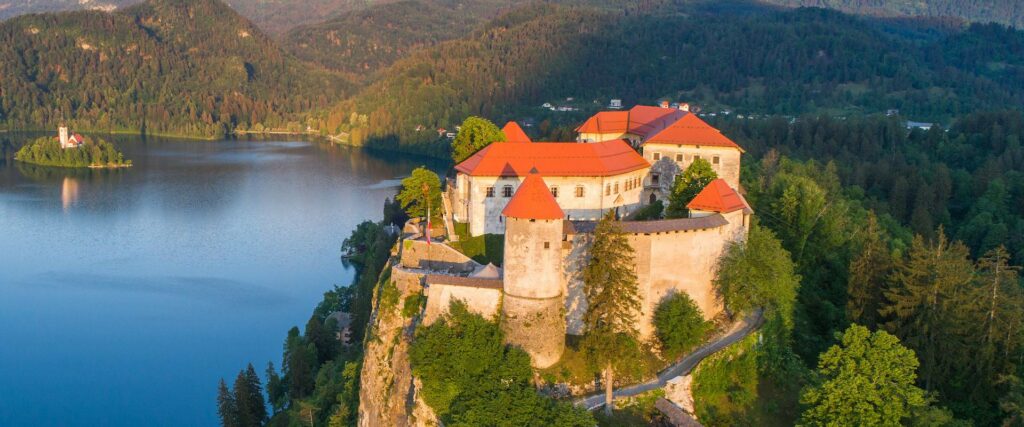
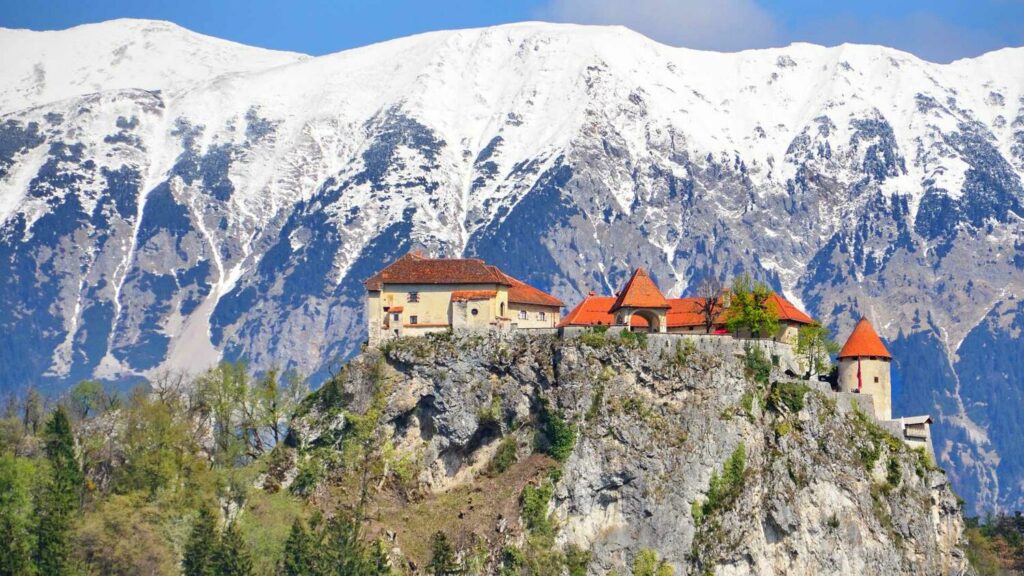

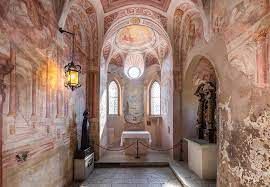
Radovna Valley
The valley is popular mainly among cyclists, since a cycling trail runs through it, which is also suitable for families. During your journey, you will discover the rich natural and cultural heritage. Among natural peculiarities are ridged meadows and the few hundred years old Gogala lime tree. The stunning artificial lake Kreda is embraced by an idyllic forest. Old homesteads, such as the Pocar homestead, tell the life stories of people who once lived in this area. Mills and sawmills once operated by the river, such as the preserved Psnak’s sawmill and mill and Miha’s castle mill.
According to popular testimony, Napoleon’s army crossed the valley, of which Napoleon’s stone bears witness. The valley was also affected by WWII – the Burned-Down Radovna memorial and the remnants of Smolej’s homestead stand as a memory and admonition about the absurdity of war.

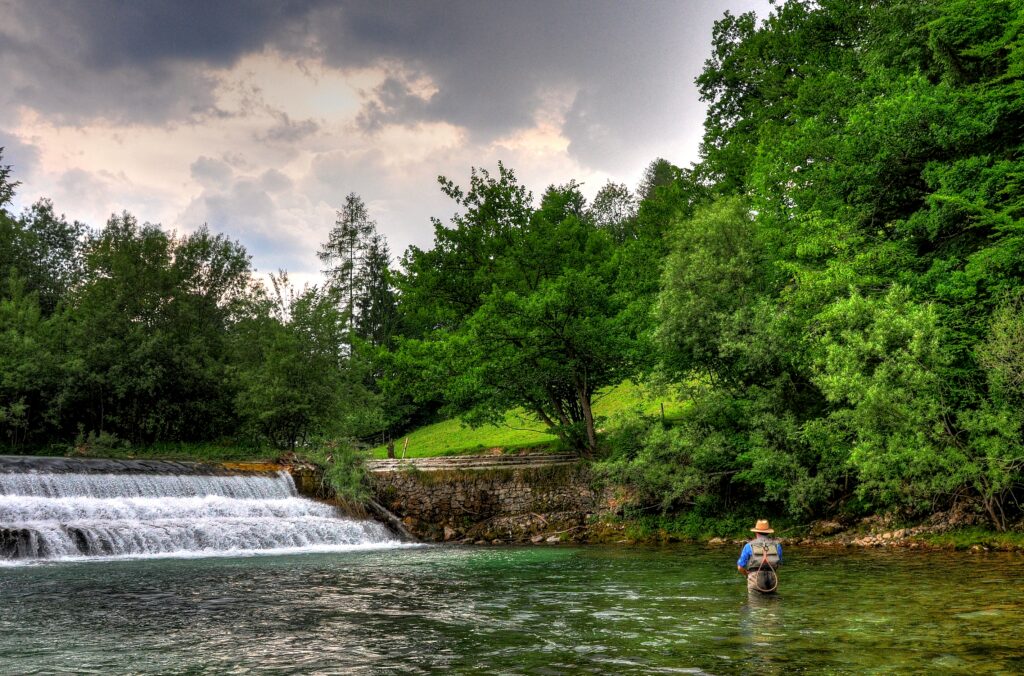
2.Portoroz
Portoroz (pronounced [pɔɾtɔˈɾoːʃ]ⓘ; Italian: Portorose) is a Slovenian Adriatic seaside resort and spa settlement located in the Municipality of Piran in southwestern Slovenia. Its modern development began in the late 19th century with the vogue for the first health resorts. In the early 20th century Portoroz became one of the grandest seaside resorts in the Adriatic, along with Opatija, Lido and Grado, then as part of the Austrian Littoral. It is now one of Slovenia’s major tourist areas. Located in the centre is the Palace Hotel, once one of the most important resorts for the Austro-Hungarian monarchy, and currently one of the finest hotels between Venice and Dubrovnik.
The history of Portoroz is directly connected to that of the neighbouring town of Piran, with Illyrian settlers already living there in the prehistoric era. They were followed by Celtic tribes, which were later conquered and annexed by the Roman Empire in 178 B.C. Archaeological finds suggest that in this period many farms and villas, also named villae rusticae, were built in the area. A large development of the area followed only after the demise of the empire, with enlargement of the number of settlers seeking shelter from attacks by the Barbarians.
In the 7th century, the area was a part of the Byzantine Empire. Due to increasing dissatisfaction with the feudal rule, as well as the rising power of the Venetian Republic, the settlement of Pirano signed a trade treaty with Venice, which included a lesser degree of autonomy.

One of the first religious orders who came to this area was the Benedictines. In the 12th century, the broader region already had four monasteries and even more churches. Among those, one of the oldest was the church of Our Lady of the Rosary, which stood by the bay in the beginnings of the 13th century. Its name was Sancta Maria Roxe or S. Maria delle Rose, and in 1251 the bay was named by it Portus sanctae Mariae de Rosa.
One of the most important roles in the history of the settlement was the monastery of Saint Laurence, where the Benedictines healed rheumatic illnesses, ascites and other diseases with concentrated saltwater and saline mud. In 1210, the area was overtaken by the Patriarchy of Aquileia.
In the 13th century, Pirano entered a brief war from December 1282 to January 1283, in which it was defeated by the Venetian Republic.

During the second Venetian rule, it was, contrary to other towns on the Istrian peninsula, loyal to Venetian rule, and as such gained special privileges within the republic, which in turn caused the local economy to boom. In 1797, Venetian rule came to a close as the Austrian Empire took over the area for a brief period until 1806. From 1806 to 1813, the entire Istrian Peninsula became part of the Illyrian Provinces.
A period of economic growth followed during the second Austrian rule, with enlargement of trade and locally important salt pans in nearby Lucija and Sečovlje. In the aftermath of the Great War, the Treaty of Rapallo determined the Istrian peninsula to be from that point on a part of the Kingdom of Italy.
Under the royal and then fascist rule, the area found itself amidst economic decline and civil conflicts between the populace and the state. In World War II, the area had not seen much action, although the important industrial hub of Trieste suffered multiple bombings. In the aftermath of the war, the settlement found itself in the United Nations-administered Free Territory of Trieste. After the dissolution of the Trieste state it became a part of Yugoslavia.
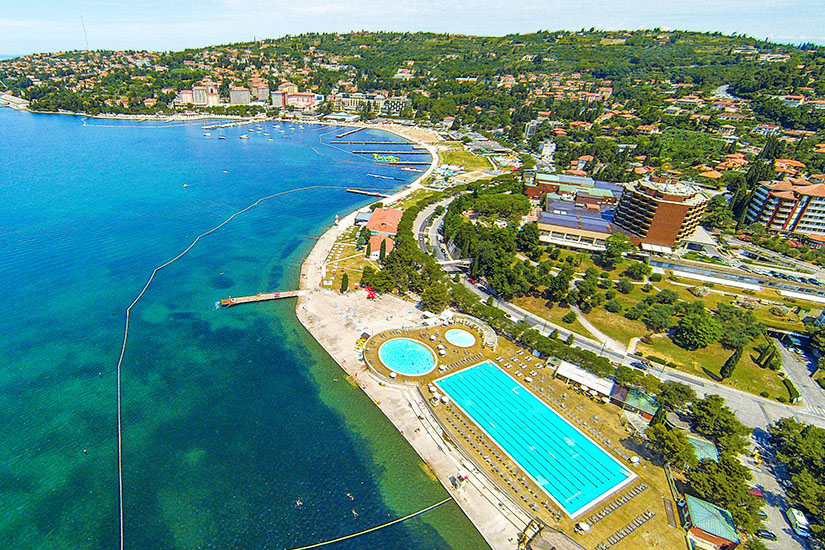
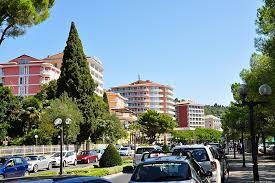

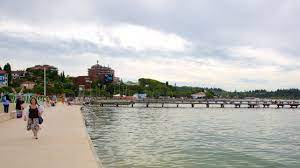
Find places and hotels in Slovenia.
Find more Europe gems.
